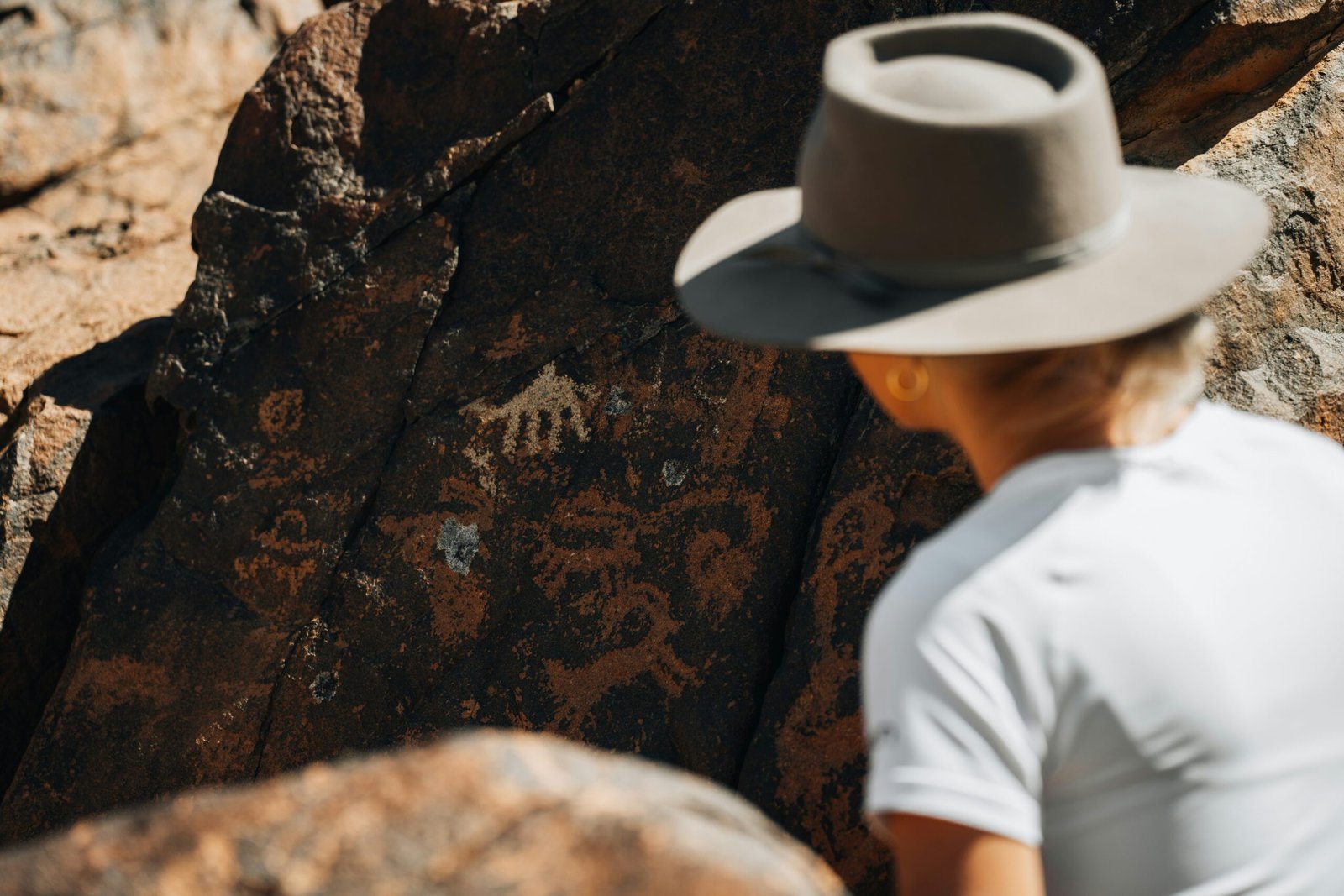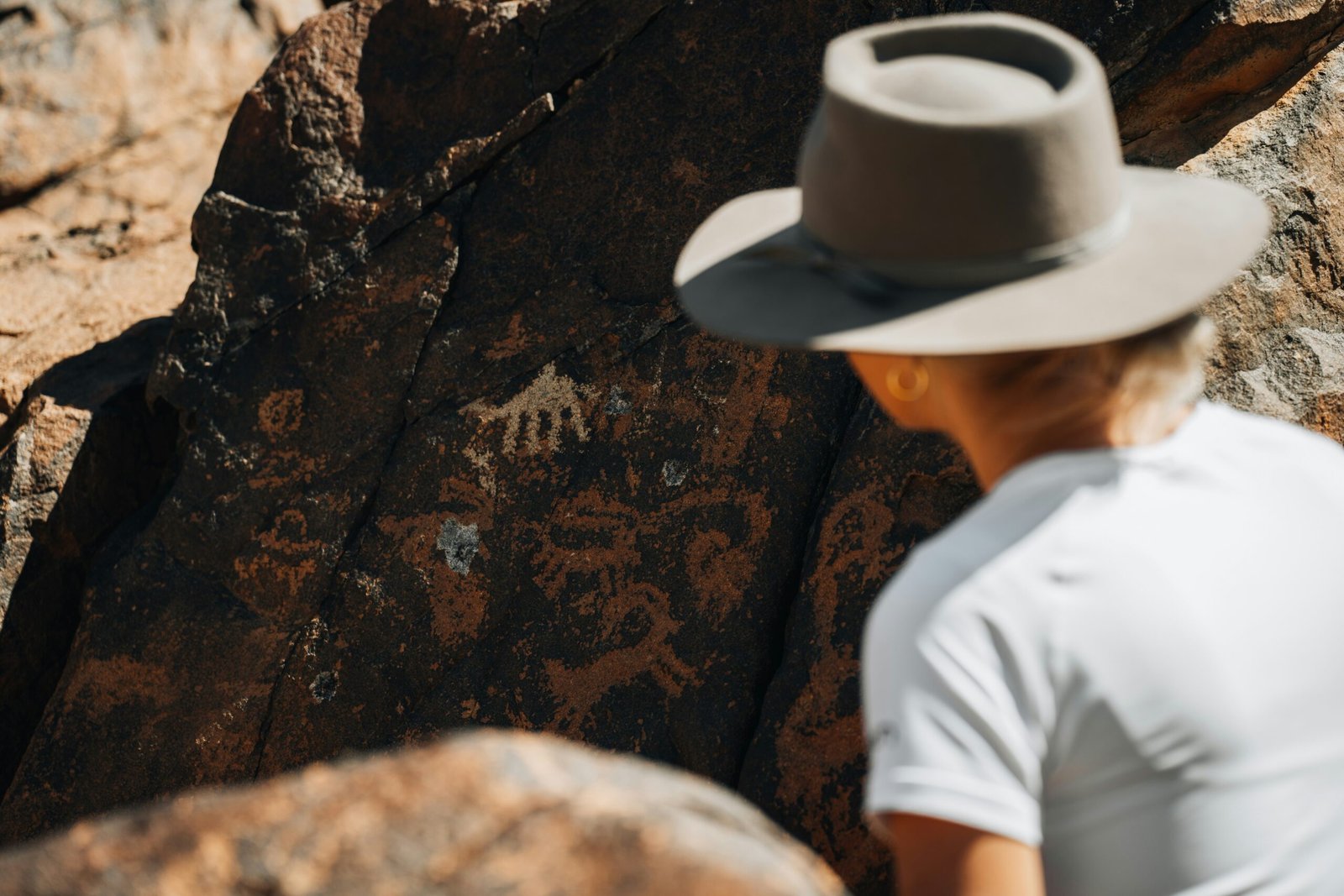
The Importance of Preserving Motocar Heritage
Preserving motocar heritage is essential for maintaining the history and culture of transportation. The term “motocar” refers to early motor vehicles, typically from the late 19th and early 20th centuries, which played a significant role in the evolution of modern automobiles. These vintage vehicles hold immense historical, cultural, and technological significance, making their preservation crucial for future generations.
Historical Significance of Motocars
Motocars represent a pivotal era in the development of transportation. These early vehicles revolutionized the way people traveled and paved the way for the modern automobiles we see today. Preserving motocar heritage allows us to understand the evolution of automotive technology, design, and engineering, providing valuable insights into the advancements made over the years. Furthermore, motocars played a vital role in shaping societal norms and lifestyles. They offered newfound freedom and mobility, impacting urban planning, infrastructure development, and even cultural trends. By preserving motocar heritage, we can capture the essence of a bygone era and appreciate the impact these vehicles had on society.
Challenges in Preserving Motocar Heritage
Despite the significance of motocars, their preservation presents several challenges. The materials used in these vintage vehicles are susceptible to deterioration over time, requiring specialized care and conservation efforts. Additionally, locating authentic parts and skilled artisans familiar with early automotive technology can be a daunting task. Another challenge lies in maintaining the historical accuracy of motocars during the preservation process. It is crucial to adhere to preservation standards that ensure the authenticity of these vehicles, allowing future generations to experience motocars as they were originally designed and manufactured.
Preservation Efforts and Initiatives
Fortunately, numerous organizations, museums, and passionate individuals are dedicated to preserving motocar heritage. These efforts involve meticulous restoration projects, archival research, and educational outreach to raise awareness about the importance of motocar preservation. Many museums curate extensive collections of motocars, providing a platform for enthusiasts and historians to study and appreciate these vintage vehicles. These institutions often host special exhibitions and events focused on motocar heritage, allowing the public to engage with this rich automotive history.
Furthermore, the digital age has facilitated efforts to document and catalog motocar heritage, ensuring that valuable information and resources are accessible to a global audience. Online archives and virtual exhibits enable enthusiasts to explore motocar history regardless of geographical limitations.
Preserving Motocars for Future Generations
As we embrace technological advancements in the automotive industry, it is crucial to preserve the roots from which modern vehicles have emerged. Motocar heritage serves as a testament to human ingenuity, innovation, and the enduring spirit of exploration. By safeguarding motocar heritage, we can inspire future generations to appreciate the evolution of transportation and the impact it has had on society. These vintage vehicles embody the passion and craftsmanship of early automotive pioneers, and their preservation ensures that their legacy endures for years to come.
In conclusion, the preservation of motocar heritage is not merely an endeavor to protect antique vehicles; it is a commitment to honoring our collective automotive heritage and the remarkable journey that has shaped the way we move and connect with the world.
